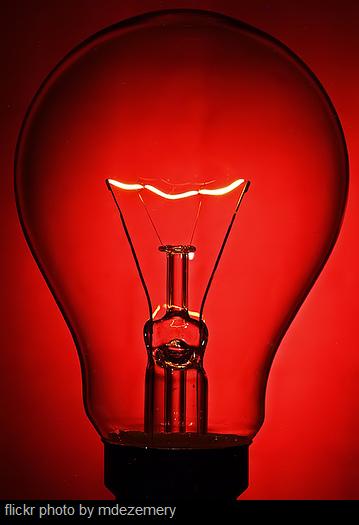HON CHEMISTRY – I really am excited about what happened in lab today! So it worked, and then it didn’t, and then it did! That’s great! I love the way you kept experimenting with ideas to see how to make those light bulbs light up! Do you know that’s when you often learn the most and grow the strongest – from failure?
Here is a copy of the Water Wire Take Home Lab. Let me know if you have any questions about what to do with this take home lab. I want you to do all parts of the lab. You will need to get the light bulb from some place like Radio Shack. I have skinny popsicle sticks that will work really well, if you’d like to use them. One word of advice – try it first with a smaller voltage battery than the 9V battery suggested on the sheets. Last year, we found that the 9V batteries kept blowing the light bulbs. (After today, does that make sense?) You might also consider getting a light bulb with a higher voltage, but I can’t promise how it will work.
Don’t forget to also do the last part of the lab – to test five different liquids at your home to see if they are ionic solutions. You will write this up in your lab book and you will include all your results in the Observations section of your lab report. Check your syllabus for the exact due date, but it’s not due until after spring break. Good luck with it, and have fun!


